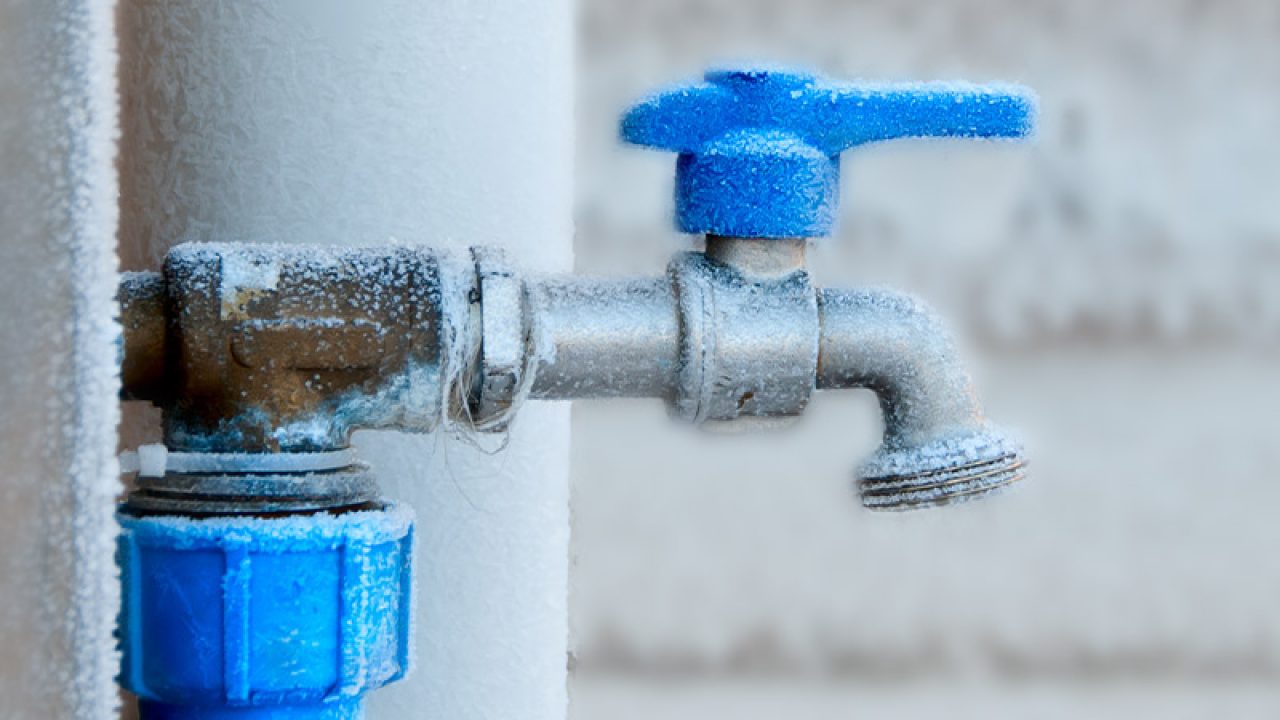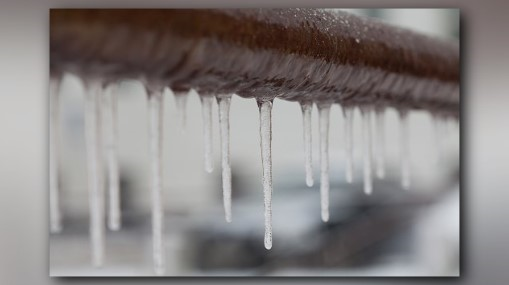Crucial Tips to Protect Against Frozen Pipes in Winter
Crucial Tips to Protect Against Frozen Pipes in Winter
Blog Article
In this article further down you might get a good deal of dependable help and advice about Helpful Tips to Prevent Frozen Pipes this Winter.

Winter can damage your pipes, especially by freezing pipes. Here's how to prevent it from taking place and what to do if it does.
Intro
As temperatures drop, the danger of frozen pipes rises, potentially resulting in costly repair work and water damages. Recognizing just how to prevent frozen pipes is important for home owners in cool environments.
Recognizing Frozen Pipes
What triggers pipelines to ice up?
Pipes ice up when exposed to temperature levels listed below 32 ° F (0 ° C) for extended periods. As water inside the pipelines freezes, it broadens, putting pressure on the pipe wall surfaces and potentially causing them to break.
Risks and problems
Frozen pipelines can cause water system disruptions, residential or commercial property damages, and costly fixings. Ruptured pipes can flooding homes and cause substantial architectural damage.
Indications of Frozen Pipes
Determining icy pipes early can avoid them from bursting.
Exactly how to recognize icy pipes
Search for decreased water flow from faucets, uncommon smells or sounds from pipelines, and visible frost on subjected pipes.
Prevention Tips
Insulating vulnerable pipelines
Cover pipes in insulation sleeves or use heat tape to safeguard them from freezing temperatures. Concentrate on pipes in unheated or exterior locations of the home.
Heating techniques
Keep indoor rooms properly heated, especially locations with plumbing. Open closet doors to permit cozy air to circulate around pipes under sinks.
Shielding Outside Plumbing
Yard tubes and outside taps
Disconnect and drain pipes garden hoses prior to winter season. Install frost-proof faucets or cover outdoor taps with insulated caps.
What to Do If Your Pipelines Freeze
Immediate activities to take
If you suspect icy pipelines, keep taps open to soothe pressure as the ice thaws. Use a hairdryer or towels soaked in hot water to thaw pipes gradually.
Long-Term Solutions
Structural modifications
Take into consideration rerouting pipes away from exterior wall surfaces or unheated locations. Add additional insulation to attic rooms, cellars, and crawl spaces.
Updating insulation
Invest in premium insulation for pipelines, attic rooms, and wall surfaces. Correct insulation helps preserve constant temperature levels and lowers the threat of icy pipelines.
Verdict
Preventing icy pipelines calls for aggressive actions and fast feedbacks. By recognizing the reasons, indications, and preventive measures, property owners can protect their pipes during cold weather.
5 Ways to Prevent Frozen Pipes
Drain Outdoor Faucets and Disconnect Hoses
First, close the shut-off valve that controls the flow of water in the pipe to your outdoor faucet. Then, head outside to disconnect and drain your hose and open the outdoor faucet to allow the water to completely drain out of the line. Turn off the faucet when done. Finally, head back to the shut-off valve and drain the remaining water inside the pipe into a bucket or container. Additionally, if you have a home irrigation system, you should consider hiring an expert to clear the system of water each year.
Insulate Pipes
One of the best and most cost-effective methods for preventing frozen water pipes is to wrap your pipes with insulation. This is especially important for areas in your home that aren’t exposed to heat, such as an attic. We suggest using foam sleeves, which can typically be found at your local hardware store.
Keep Heat Running at 65
Your pipes are located inside your walls, and the temperature there is much colder than the rest of the house. To prevent your pipes from freezing, The Insurance Information Institute suggests that you keep your home heated to at least 65 degrees, even when traveling. You may want to invest in smart devices that can keep an eye on the temperature in your home while you’re away.
Leave Water Dripping
Moving water — even a small trickle — can prevent ice from forming inside your pipes. When freezing temps are imminent, start a drip of water from all faucets that serve exposed pipes. Leaving a few faucets running will also help relieve pressure inside the pipes and help prevent a rupture if the water inside freezes.
Open Cupboard Doors
Warm your kitchen and bathroom pipes by opening cupboards and vanities. You should also leave your interior doors ajar to help warm air circulate evenly throughout your home.

I have been very serious about 6 Ways to Prevent Frozen Pipes and I am praying you liked the article. Remember to set aside a second to share this blog if you enjoyed reading it. Thanks a lot for your time spent reading it.
Find Out More Report this page